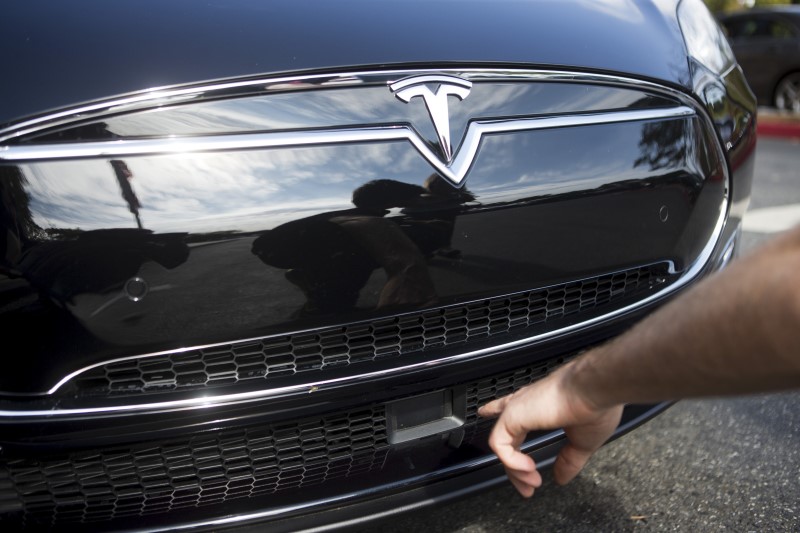GLJ Research analyst Gordon L. Johnson said Tesla’s full self-driving (FSD) capability is roughly 2,392 times worse than its top four autonomous rivals. The analyst reduced the year-end 2024 price objective on Tesla (NASDAQ:TSLA) stock to a new Street low of $22.86 per share, down from the previous target of $23.53.
The research firm GLJ, which is arguably the biggest Tesla bear on Wall Street, believes that Tesla's strategy to focus on a dedicated robotaxi venture is an attempt to divert attention from significant challenges within its core business.
They argue that this shift may prove problematic as competitors already have markedly superior products in the market.
“How much superior you ask? Well, according to www.teslafsdtracker.com, TSLA’s latest iteration of its “FSD” vaporware (we call it vaporware as it DOES NOT EXIST – i.e., TSLA’s cars do NOT drive themselves), or version 12.3.4, has one critical disengagement every 62 city miles driven, and one regular disengagement every 133 highway miles driven,” Johnson said in the note.
In stark contrast, data from the California DMV shows significantly better performance from competitors.
Zoox reports one disengagement every 177,602 miles, WeRide one every 21,191 miles, Waymo one every 17,311 miles, and Pony.Ai one every 17,077 miles.
This places Tesla's system, on average, 2,392 times worse than the top four autonomous technologies reported to the California DMV.
Johnson predicts that Tesla's dedicated robotaxi won't be ready until late 2026 at the earliest. By then, competitors like Waymo, Zoox, WeRide, Pony.Ai, Cruise, and Apollo will likely have significantly advanced, expanding into new geographies with their geofenced technologies.
“Yet, with a record 46.561K excess units produced in 1Q24E alone (at a cost of ~$2bn), as we wait for TSLA to get to the “robotaxi promised land” over the next 2-to-4 years, its balance sheet will suffer, likely forcing the company to tap the capital markets for much needed cash,” the analyst wrote.
